Enter a surname, town name or other keyword to search the database. Remember to
allow for the different spellings of 'Mc' and 'Mac.' Good luck!
{Search tips: Use single word search terms for more results}
You must enter some valid character(s) into the search field
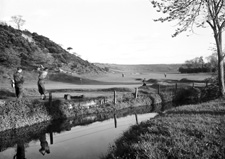
Reference: H-0286
Golf course, Inverness.*...
|
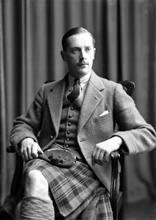
Reference: 32057e
Mr Argyll Robertson, The Depot...
|
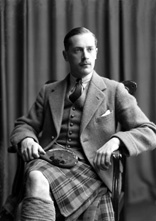
Reference: 32057d
Mr Argyll Robertson, The Depot...
|
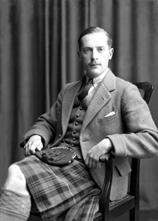
Reference: 32057c
Mr Argyll Robertson, The Depot...
|
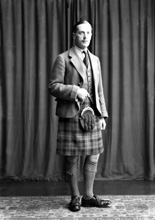
Reference: 32057b
Mr Argyll Robertson, The Depot...
|
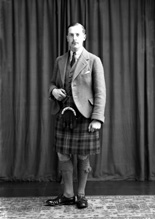
Reference: 32057a
Mr Argyll Robertson, The Depot...
|
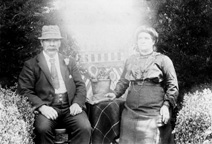
Reference: 877
Copy for Mrs Robertson, Old ...
|
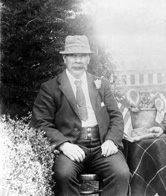
Reference: 838
Copy for Mrs Robertson, Old Ed...
| |